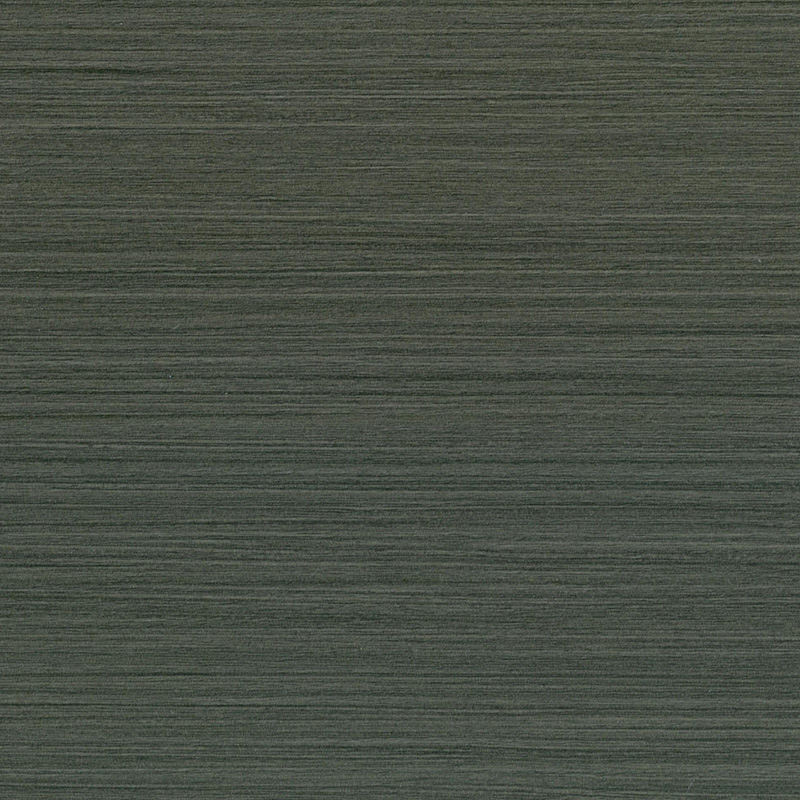Streamlined Application of PVC Shrink Label Tubing Film
PVC shrink packaging label tubing film provides a versatile, efficient solution for product identification and tamper-resistant surface protection. Made from polyvinyl chloride, this film shrinks uniformly when exposed to controlled heat, conforming tightly to cylindrical or irregularly shaped containers.
PVC shrink tubing film is typically produced via extrusion and orientation processes. During manufacturing, molten PVC is extruded into a tubular form and rapidly stretched in both the machine and transverse directions. This biaxial orientation creates internal tension within the polymer chains. After cooling, the film is printed with labels or graphics on its outer surface and then slit into continuous rolls or cut into individual tubes. When reheated, the stored tension releases, causing the film to contract evenly around the substrate.
The printed ink systems used on shrink tubing are selected for flexibility and adhesion. They resist cracking or peeling during the shrink process and maintain print clarity after application. In many cases, a thin lacquer or protective overcoat is applied to guard against scuffs, moisture, and mild chemical exposure.
One key advantage of PVC shrink label tubing is its ability to wrap complex shapes—bottles, flasks, jars, or small tools—with small seams. Unlike cut-and-apply labels, which require precise alignment and can leave gaps, tubular film ensures continuous coverage from top to bottom. The heat-shrink process also conforms around caps, curves, or ridges, creating a smooth, tamper-evident seal.
Clarity is another practical benefit. Transparent versions allow customers to see product contents while still carrying branded graphics or regulatory information. Opaque and metallized variants provide surface blocking or decorative effects, such as simulated metal finishes or matte textures, broadening design possibilities without adding bulk.
PVC shrink label tubing finds use across food and beverage, personal care, pharmaceutical, and industrial sectors. In the beverage industry, it covers neck areas of wine bottles, spirit decanters, and craft beer cans, often replacing traditional foil capsules. In cosmetics, small tubes and jars receive full-body labels that display product information and décor in a single step. Pharmaceutical vials benefit from tight, tamper-evident wraparound sleeves that include dosage instructions and lot numbers. Even hardware and electronics sometimes employ shrink tubing to create instructional or safety labels on irregular components.
Applying PVC shrink label tubing involves a few straightforward steps:
Selection and Preparation: Choose tubing with an appropriate diameter and shrink ratio for the container. Ensure the container surface is dry and free of dust or grease.
Positioning: Slide a pre-cut length of film over the container, aligning printed graphics as needed.
Heat Treatment: Use a heat tunnel, hot air gun, or infrared heater to evenly apply heat. The film will begin to shrink, and the installer should rotate or move the container to promote uniform film movement.
Cooling and Inspection: After shrinking, allow the container to cool briefly. Inspect for wrinkles, air pockets, or misalignment. Light reheating can smooth minor imgoodions.
Once applied, PVC shrink film is resistant to moisture, moderate abrasion, and handling stresses encountered during shipping and retail display. Users can wipe labels clean with a damp cloth and mild detergent, avoiding aggressive solvents that might attack the print or PVC matrix.
Any residual adhesive or bits of film may be cleaned with isopropyl alcohol on a soft cloth. Many PVC shrink films are compatible with recycling streams that accept PVC packaging, though local recycling options vary.
PVC shrink packaging label tubing film delivers a balanced mix of adaptability, clarity, and ease of use. Its capacity to conform to varied shapes and its straightforward application process suit a wide range of industries.

 English
English русский
русский Español
Español عربى
عربى Deutsch
Deutsch





